As more and more people switch to electric vehicles (EVs), the question of how to charge them at home has become a big one. Should you stick with a charger that plugs into any old wall outlet, or upgrade to a faster charger? In this article, we'll introduce you to some of the basics: what Level 1 and Level 2 chargers are and their main differences.
What is a Level 1 EV Charger?
A Level 1 EV charger, also known as a standard charger, operates on a standard 120-volt household outlet. It typically delivers charging power between 1.3 kW to 1.9 kW, making it suitable for overnight charging. Level 1 chargers are often included with electric vehicles and are convenient for occasional use or as a backup charging option.
What is a Level 2 EV Charger?
A Level 2 EV charger operates on a higher voltage, usually 240 volts, and delivers higher charging power ranging from 3.3 kW to 19.2 kW. These chargers require professional installation and are commonly installed at homes, workplaces, and public charging stations. Compared to Level 1 chargers, Level 2 chargers greatly shorten the charging time, making them ideal for daily or regular charging needs of electric vehicles. They are also commonly used as ev home chargers.

Key Differences Between Level 1 and 2 EV Chargers
Electric Vehicle (EV) chargers are categorized into different levels based on their charging speed and the infrastructure required for their operation. The key differences between Level 1 and Level 2 EV chargers are as follows:
1. Charging Speed Difference
-
Level 1 Charging: Level 1 charging typically involves using a standard household power outlet (120V, in the US) and is relatively slow. Depending on the vehicle model and battery capacity, Level 1 charging usually takes around 6-12 hours to fully charge.
-
Level 2 Charging: Level 2 charging typically involves using dedicated charging stations or charging equipment and is faster than Level 1 charging. Generally, Level 2 charging can fully charge an electric vehicle in 3-8 hours, depending on the vehicle model and battery capacity.
2. Recharge Mileage Comparison
There is a difference in charging speed between Level 1 and Level 2, but the difference in range between the two is usually not that great. The final range depends on the vehicle model, battery capacity, charging efficiency while charging, and other factors.
I'll use the Tesla Model 3 as a brief example:
-
Tesla Model 3 Standard Range Plus: It comes with a battery with a capacity of 55kWh. when fully charged, its typical range is about 250 miles (about 402 kilometers).
-
Tesla Model 3 Long Range: It comes with a 75kWh battery and has a typical range of about 322 miles (518 kilometers) on a full charge.
It should be noted that these figures are only estimates and the actual range may vary depending on driving style, road conditions, climate, and other factors. Additionally, the Tesla Model 3 can be recharged via a faster Supercharger (Supercharger) for faster charging and longer range.
3. Different Application Scenarios
-
Level 1 Chargers are best suited for overnight charging at home, particularly for PHEVs or BEVs with small battery capacities. They're also useful as a backup charging option.
-
Level 2 Chargers are versatile and can be installed at homes, workplaces, and public charging stations. They are suitable for all types of EVs, including those with large battery capacities, and are essential for drivers who need to recharge their vehicles quickly during the day.
4. Installation and Cost
-
Level 1 Chargers often come with the vehicle and don't usually require any special installation apart from a standard electrical outlet, making them the most cost-effective option for home charging. However, their slow charging speed limits their convenience and utility.
-
Level 2 Chargers require a dedicated 240-volt circuit and professional installation, which can be a significant upfront cost. However, they offer much faster charging speeds, making them a worthwhile investment for many EV owners. Many government incentives and rebates are available to offset the cost of purchasing and installing a Level 2 charger.
5. Portability
-
Level 1 Chargers are typically portable and can be easily transported, providing flexibility for EV owners to charge their vehicles from different locations using standard household outlets.
-
Level 2 Chargers are usually fixed installations due to their need for a higher power supply and professional installation, although portable models are also available for those needing flexibility.
The choice of a Level 1 or Level 2 charger depends on the specific needs of the EV owner, including the size of the car's battery, the distance of daily driving, the availability of charging infrastructure, and the budget for the upfront cost of installation.
FAQs
Can I Install a Level 2 Charger Myself?
While technically possible for those with electrical expertise, it's strongly recommended to have a Level 2 charger installed by a professional electrician. This ensures the installation meets local building codes, safety standards, and manufacturer recommendations.
Do All Electric Vehicles Use the Same Type of Connector?
Most electric vehicles (EVs) in North America use the J1772 connector for Level 1 and Level 2 charging, making them cross-compatible with most home and public chargers. However, Tesla vehicles come with a proprietary connector, requiring an adapter to use non-Tesla chargers.
Can I Use a Level 2 Charger if I Live in an Apartment?
Yes, but it depends on the availability of the necessary infrastructure and permissions from the property management. Some apartment complexes and condominiums are now offering EV charging stations as an amenity for residents.
Is It Worth Upgrading to a Level 2 Charger if I Have a Plug-In Hybrid?
While plug-in hybrids (PHEVs) have smaller batteries than full-battery electric vehicles (BEVs) and can be adequately charged with a Level 1 charger, upgrading to a Level 2 charger can still be beneficial. It allows for faster charging times, making it easier to maximize the use of the vehicle's electric range.
Will a Faster Charger Reduce My EV's Battery Life?
Using a Level 2 charger will not inherently reduce your EV's battery life. Modern EVs are designed to handle the faster charging speeds. However, consistently charging your EV to full capacity or using fast charging frequently can affect battery longevity over time. It's advised to follow the manufacturer's recommendations for charging practices.
Conclusion
In conclusion, it is beneficial for EV owners to understand the difference between Level 1 and Level 2 EV chargers so that they can make a choice based on their charging needs; Level 1 chargers are simple and convenient for occasional charging, while Level 2 chargers charge faster and are better suited for daily or regular EV charging. Ultimately, the choice between Level 1 and Level 2 chargers depends on personal preference, usage patterns, and budgetary considerations.

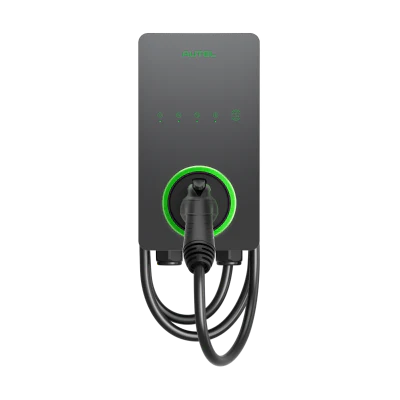
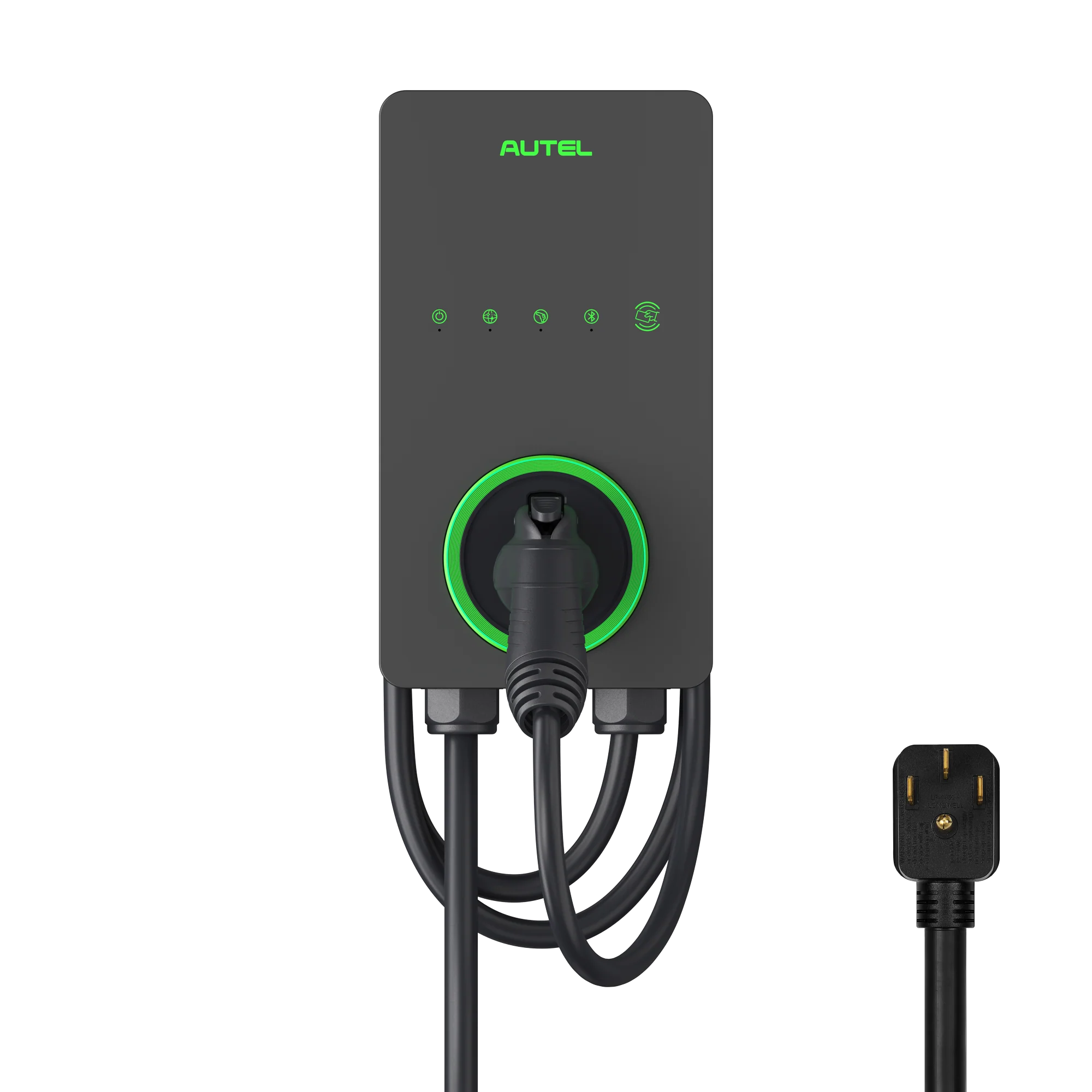
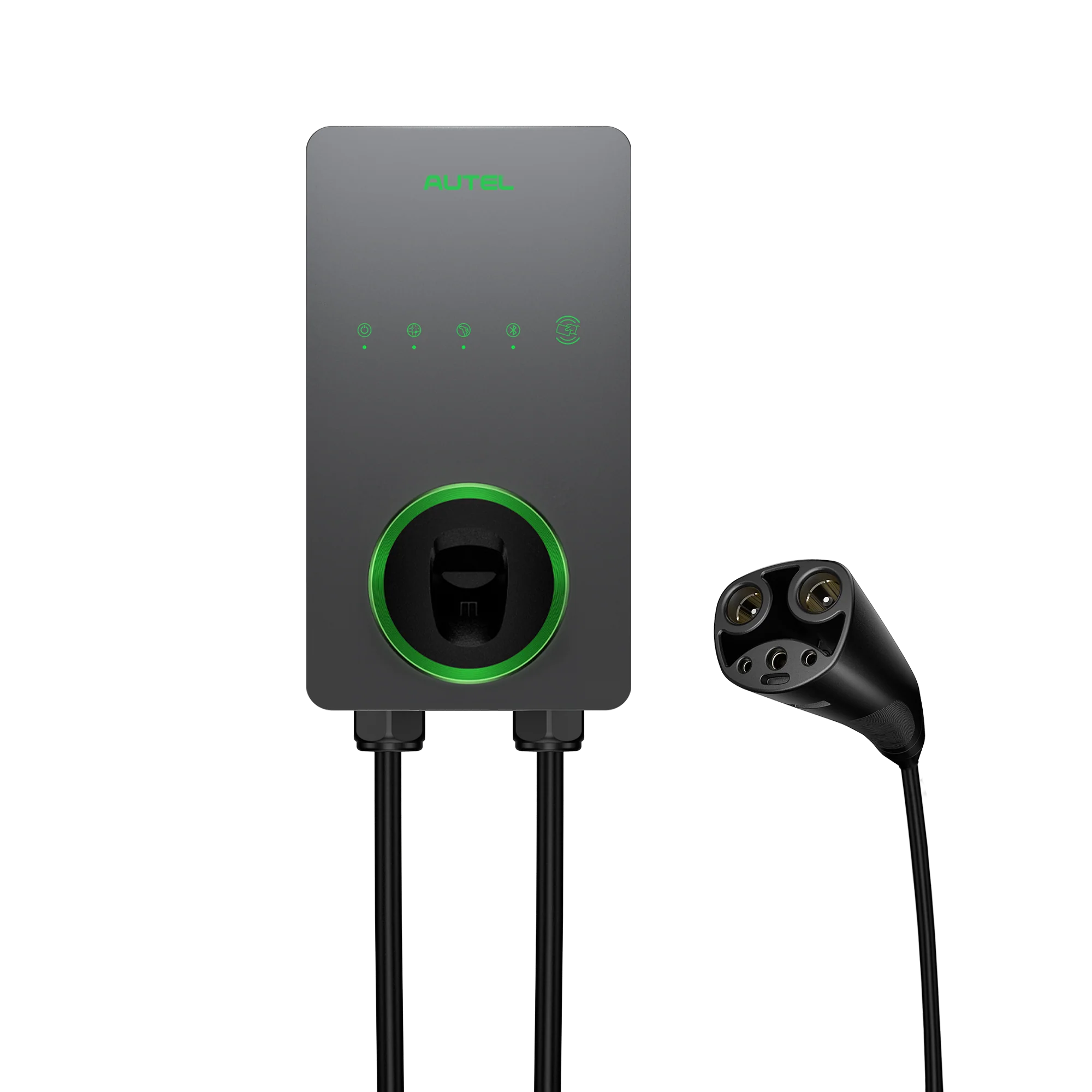
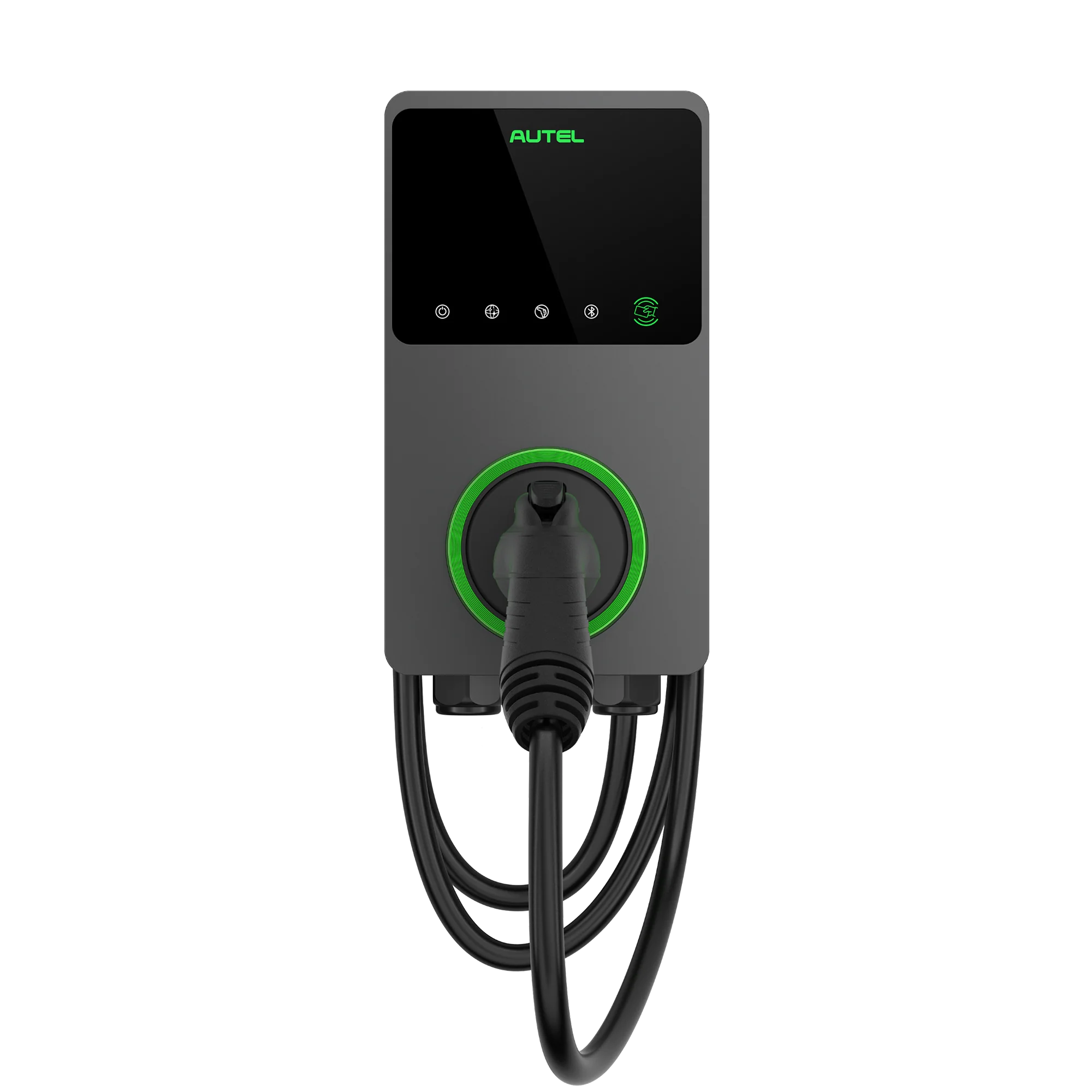
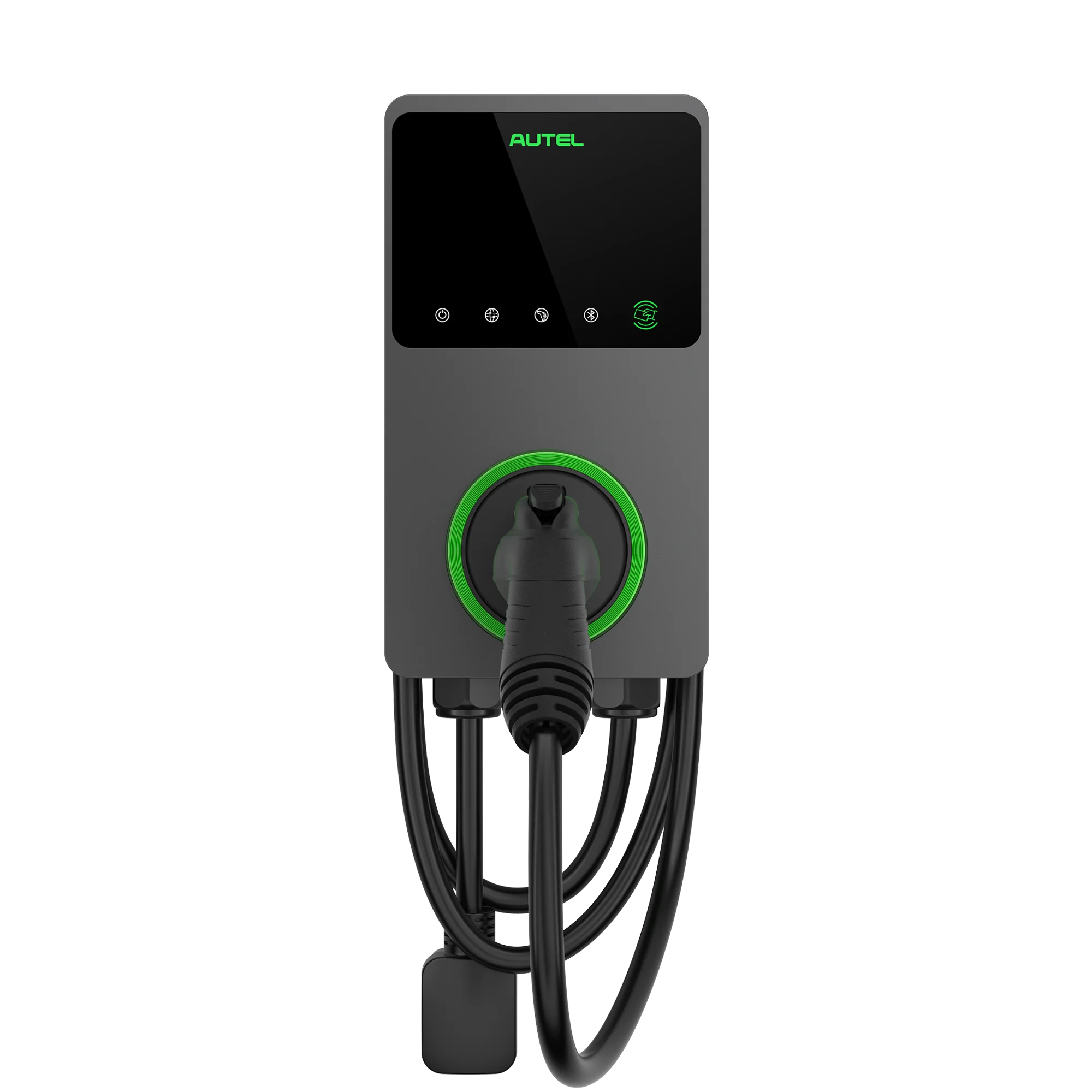

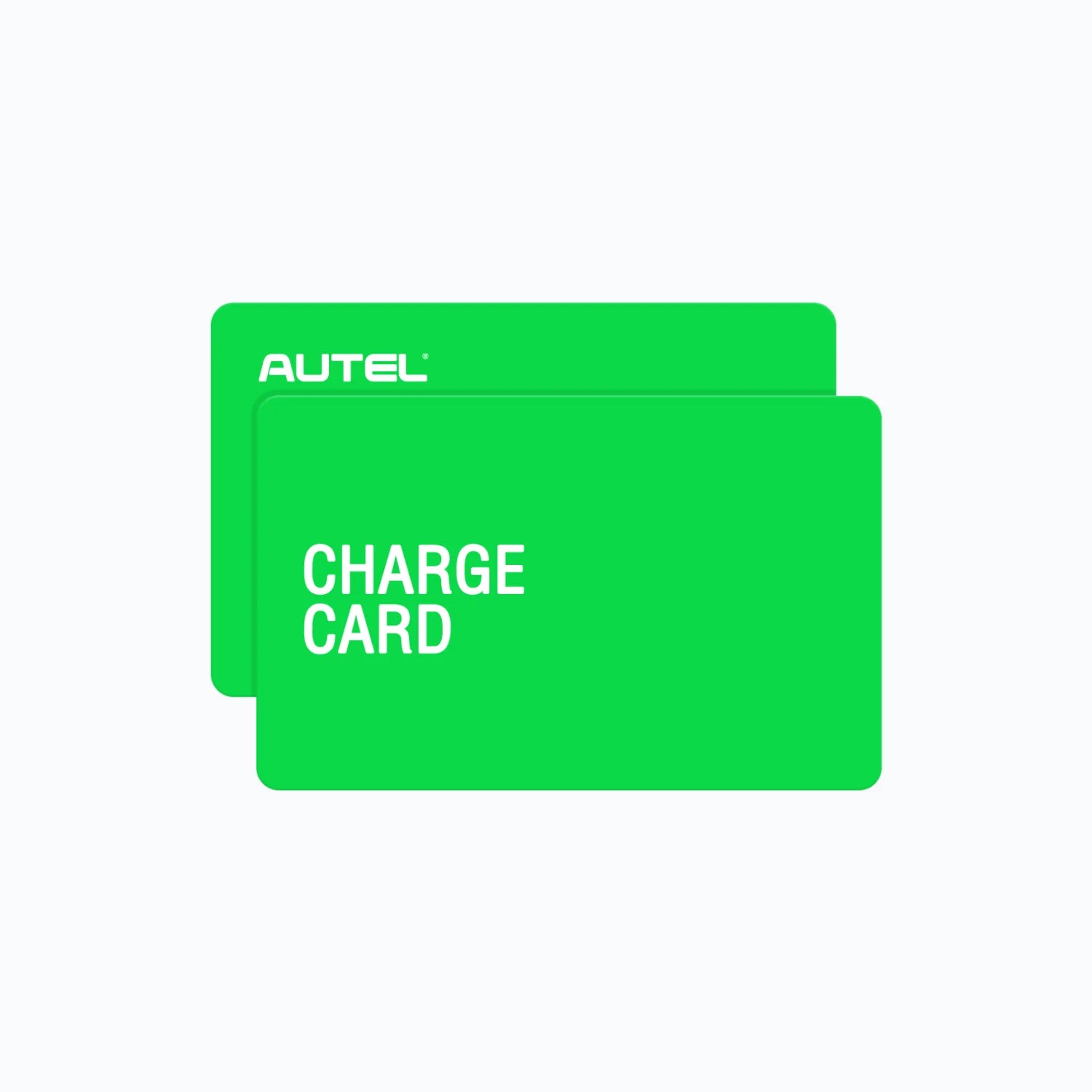
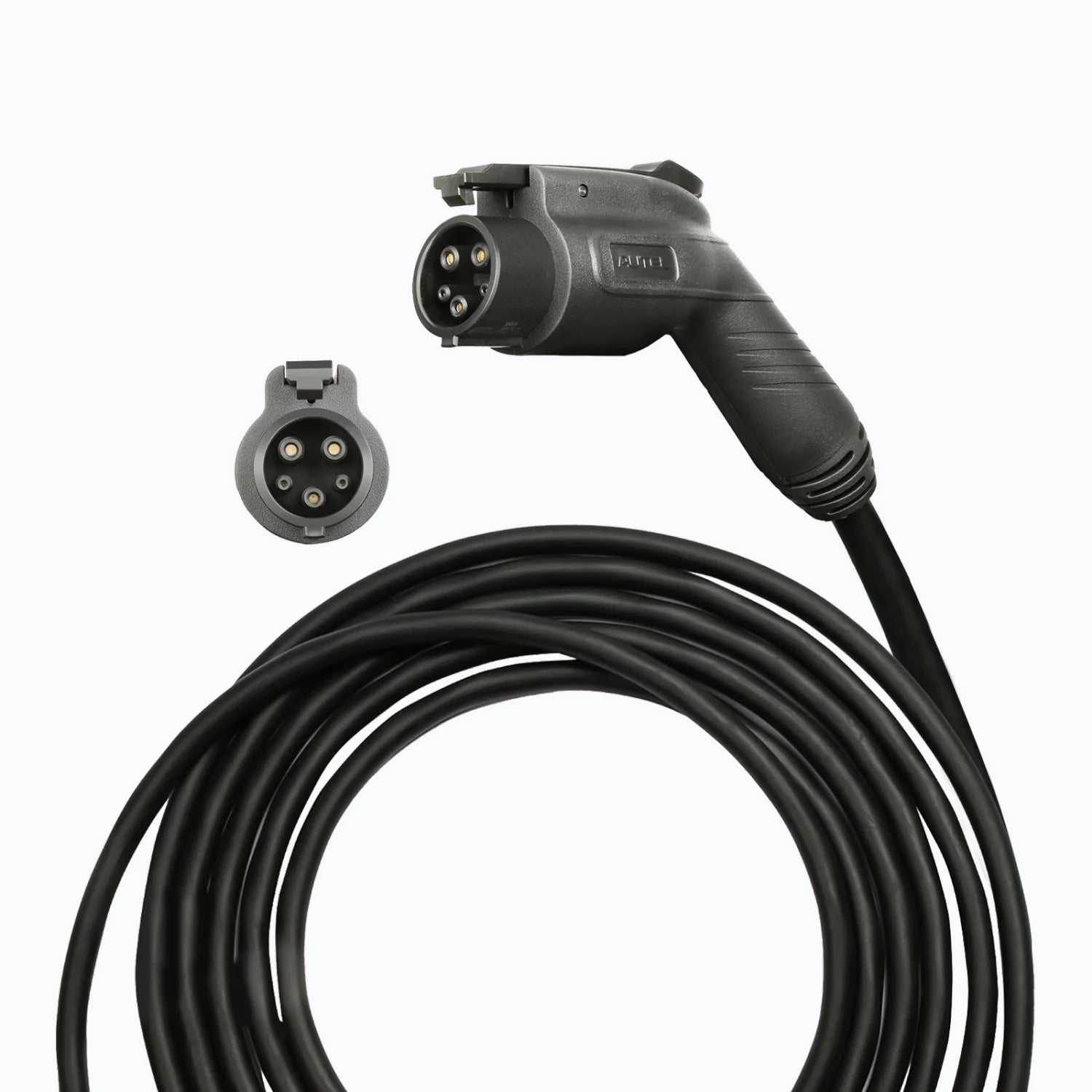
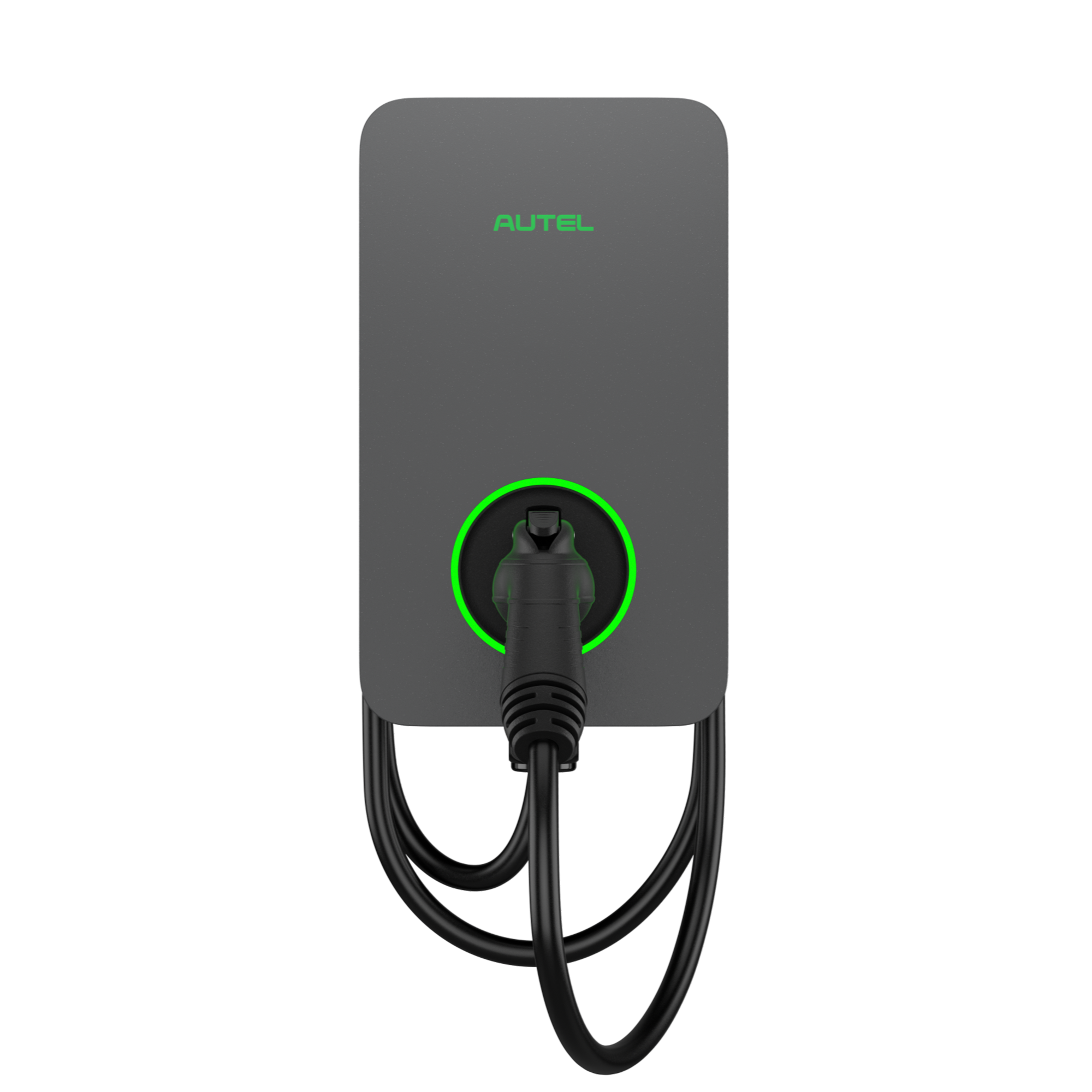

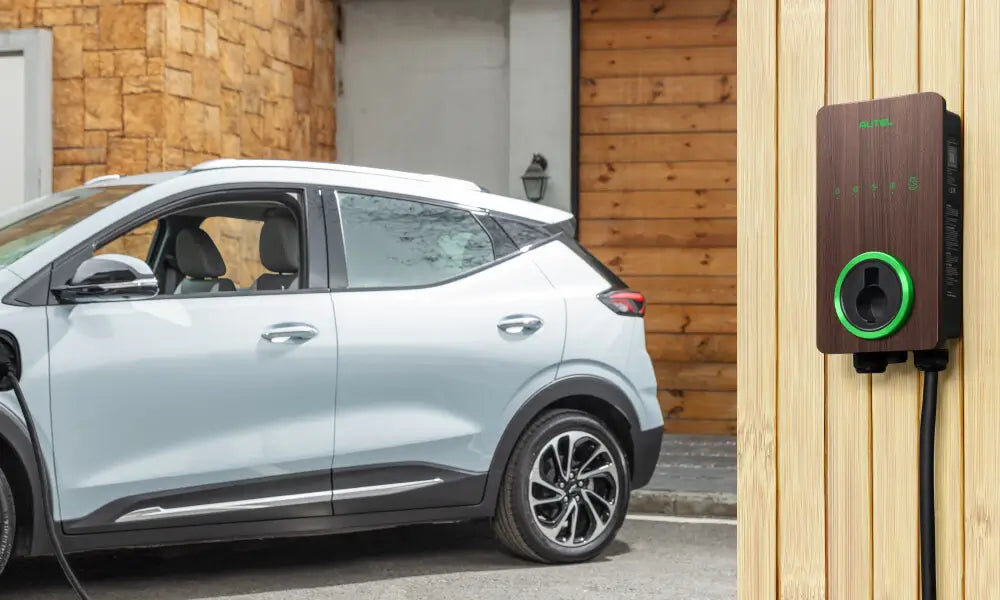
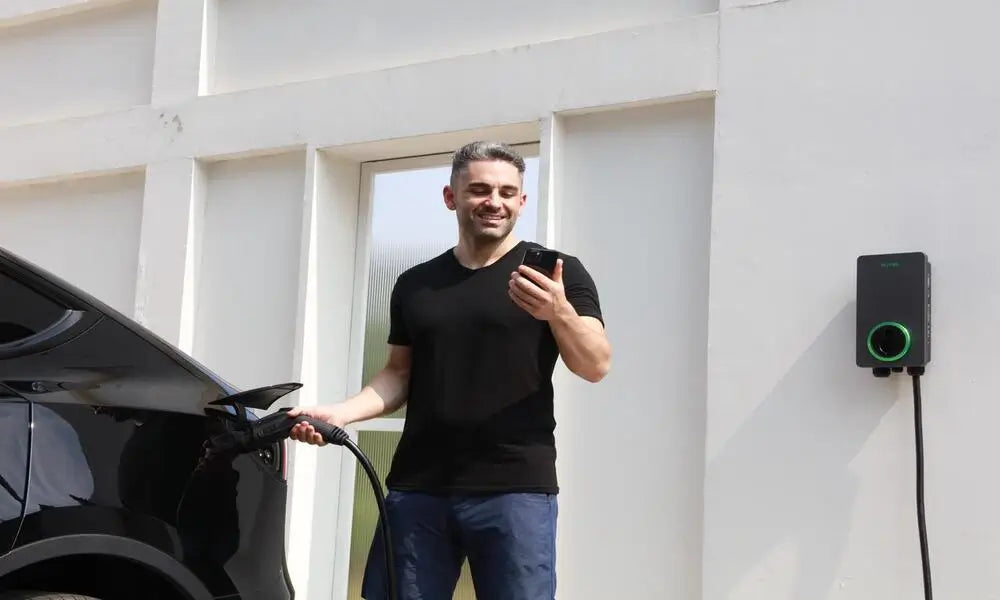
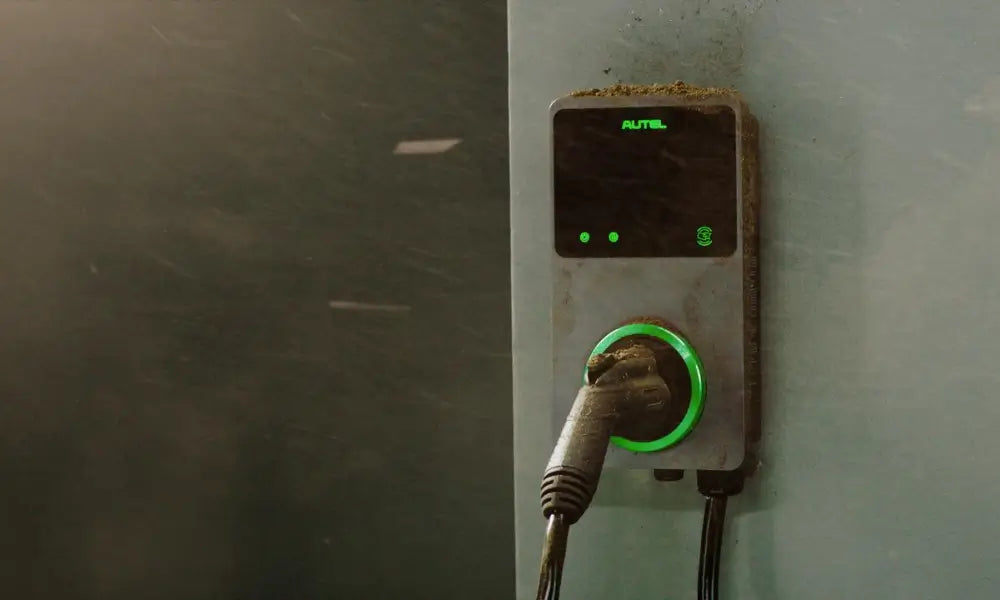
Leave a comment
All comments are moderated before being published.
This site is protected by hCaptcha and the hCaptcha Privacy Policy and Terms of Service apply.